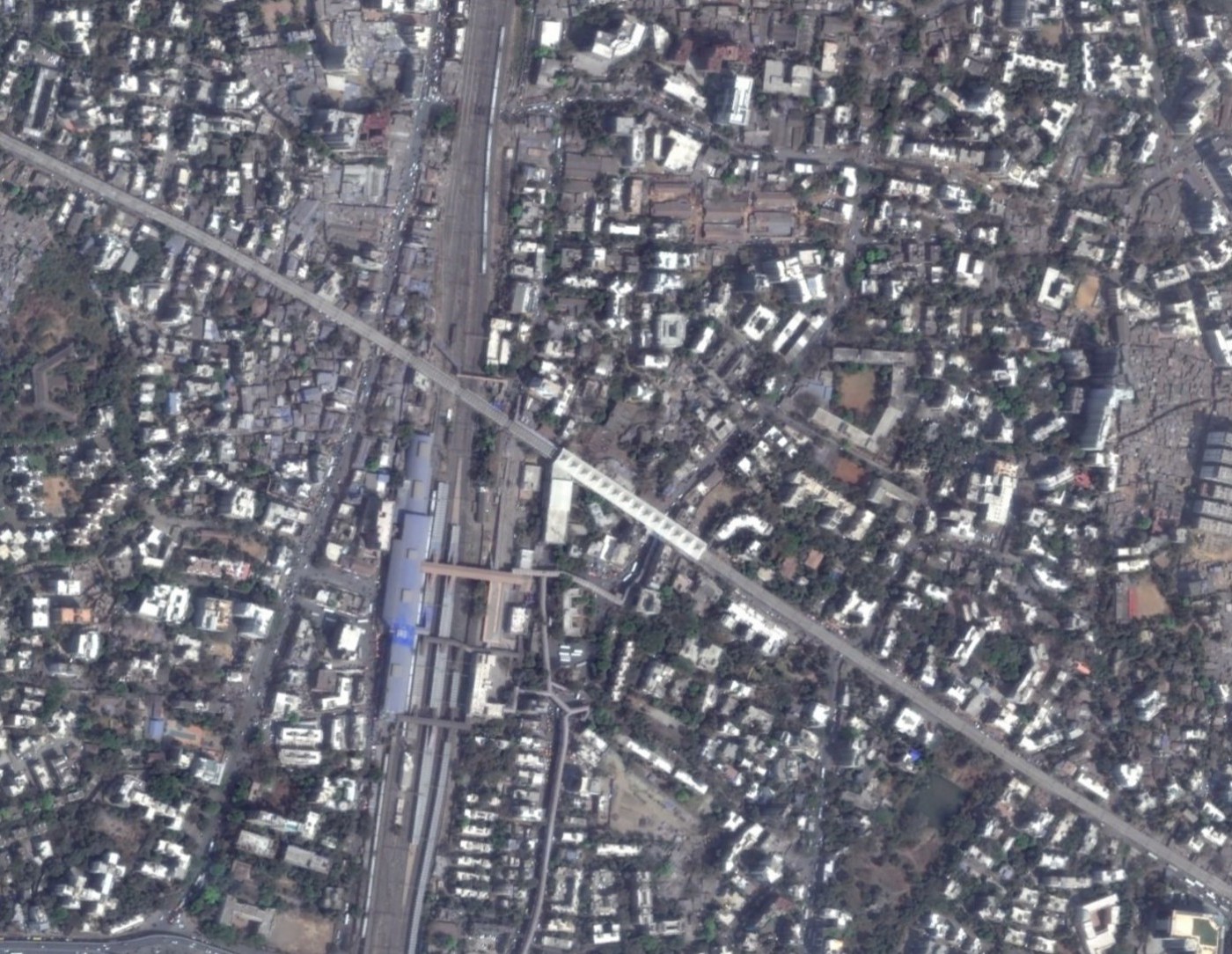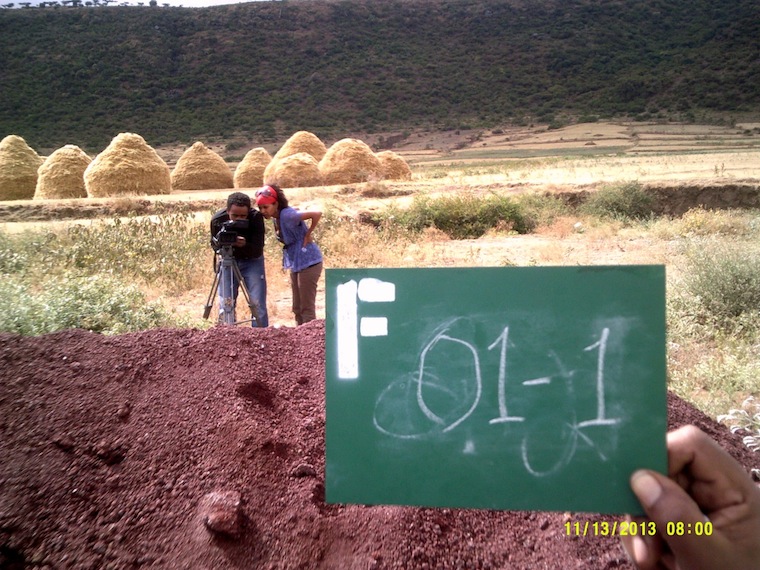Related

Working Paper
/ Oct 07,2015
Monitoring Global Urban Expansion
by
Shlomo (Solly) Angel, Alejandro Blei, Daniel Civco, Nicolás Galarza, Patrick Lamson-Hall, Manuel Madrid, Jason Parent, Kevin Thom

Apr 08,2014
Urban Expansion: On the Ground in Ethiopia
by
Brandon Fuller
